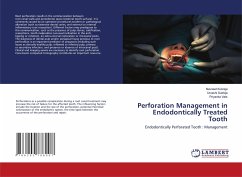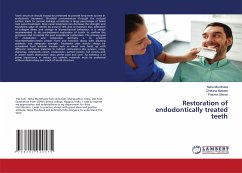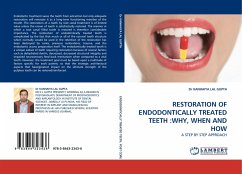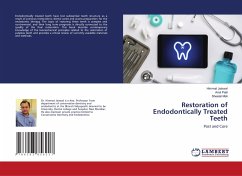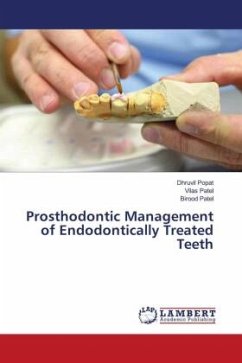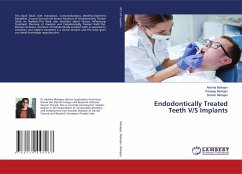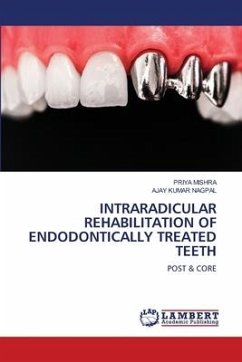Root perforation results in the communication betweenroot canal walls and periodontal space (external tooth surface). It iscommonly caused by an operative procedural accident or pathologicalalteration (such as extensive dental caries, and external or internalinflammatory root resorption). Different factors may predispose tothis communication, such as the presence of pulp stones, calcification,resorptions, tooth malposition (unusual inclination in the arch,tipping or rotation), an extra-coronal restoration or intracanal posts.The diagnosis of dental pulp and/or periapical tissue previous to rootperforation is an important predictor of prognosis (including suchissues as clinically healthy pulp, inflamed or infected pulp, primaryor secondary infection, and presence or absence of intracanal post).Clinical and imaging exams are necessary to identify root perforation.Cone-beam computed tomography constitutes an important resource.
Hinweis: Dieser Artikel kann nur an eine deutsche Lieferadresse ausgeliefert werden.
Hinweis: Dieser Artikel kann nur an eine deutsche Lieferadresse ausgeliefert werden.

